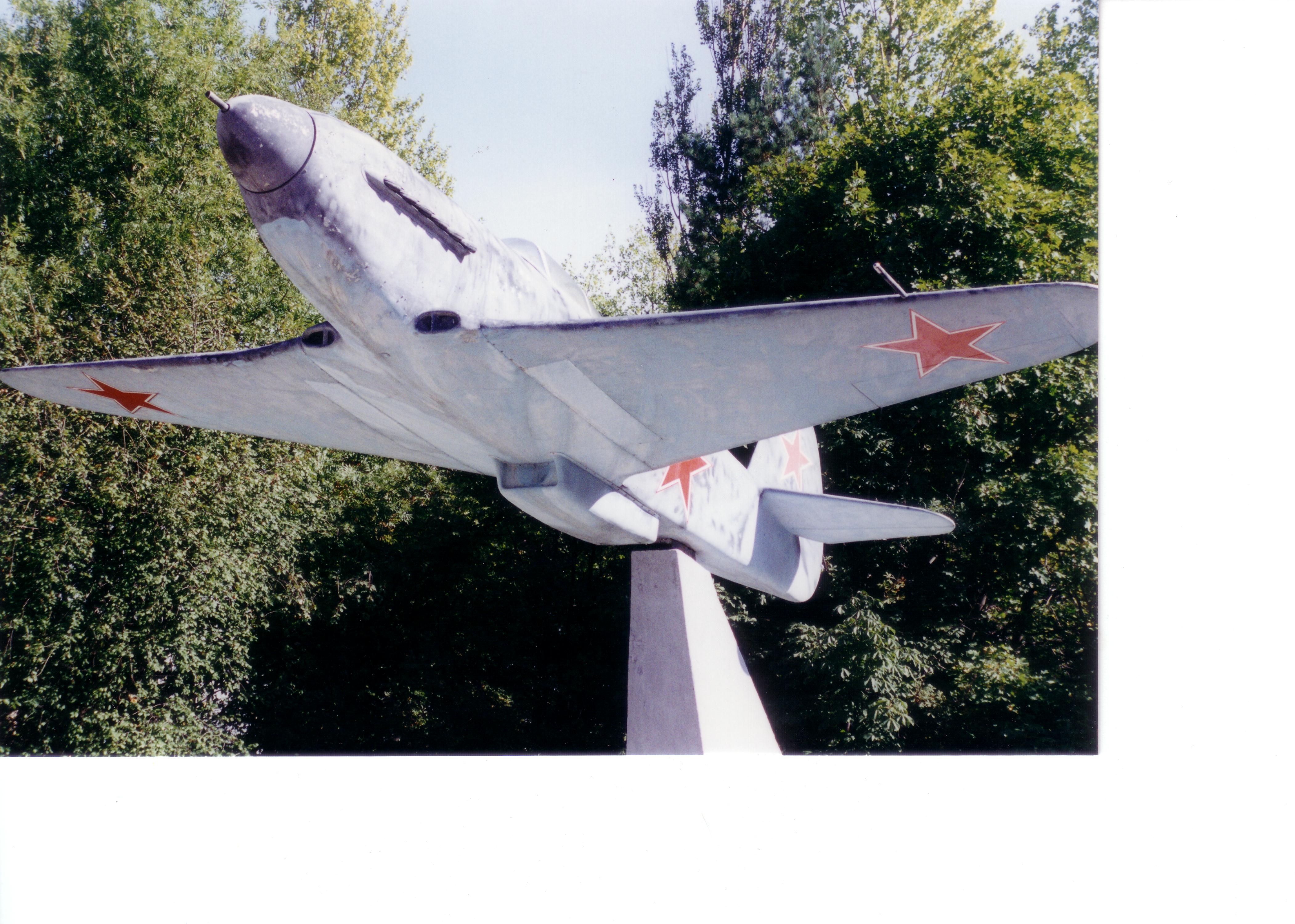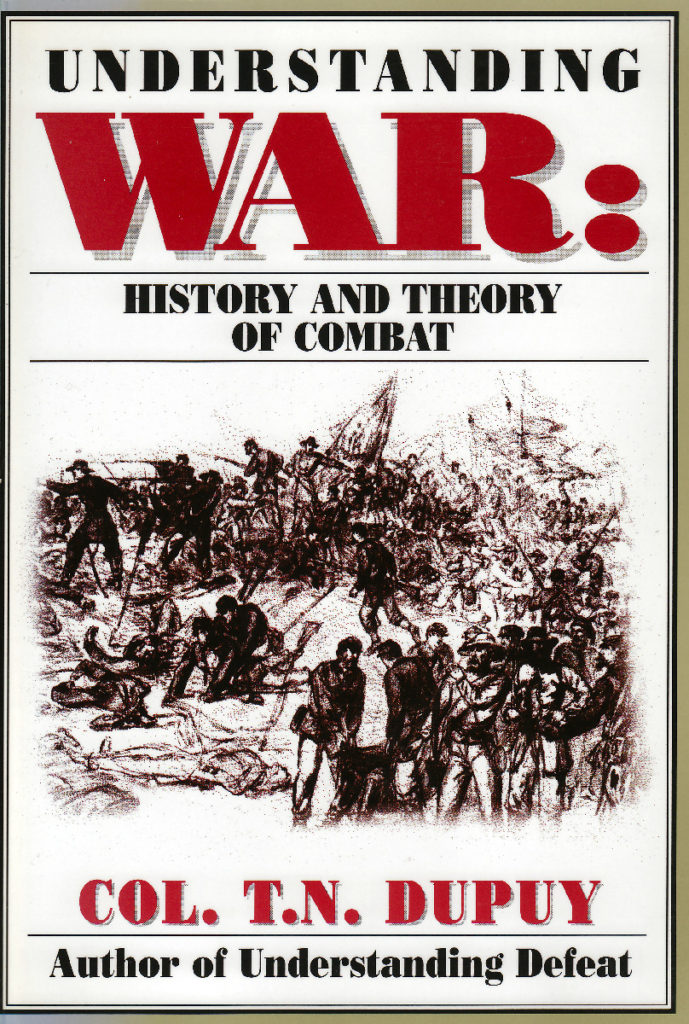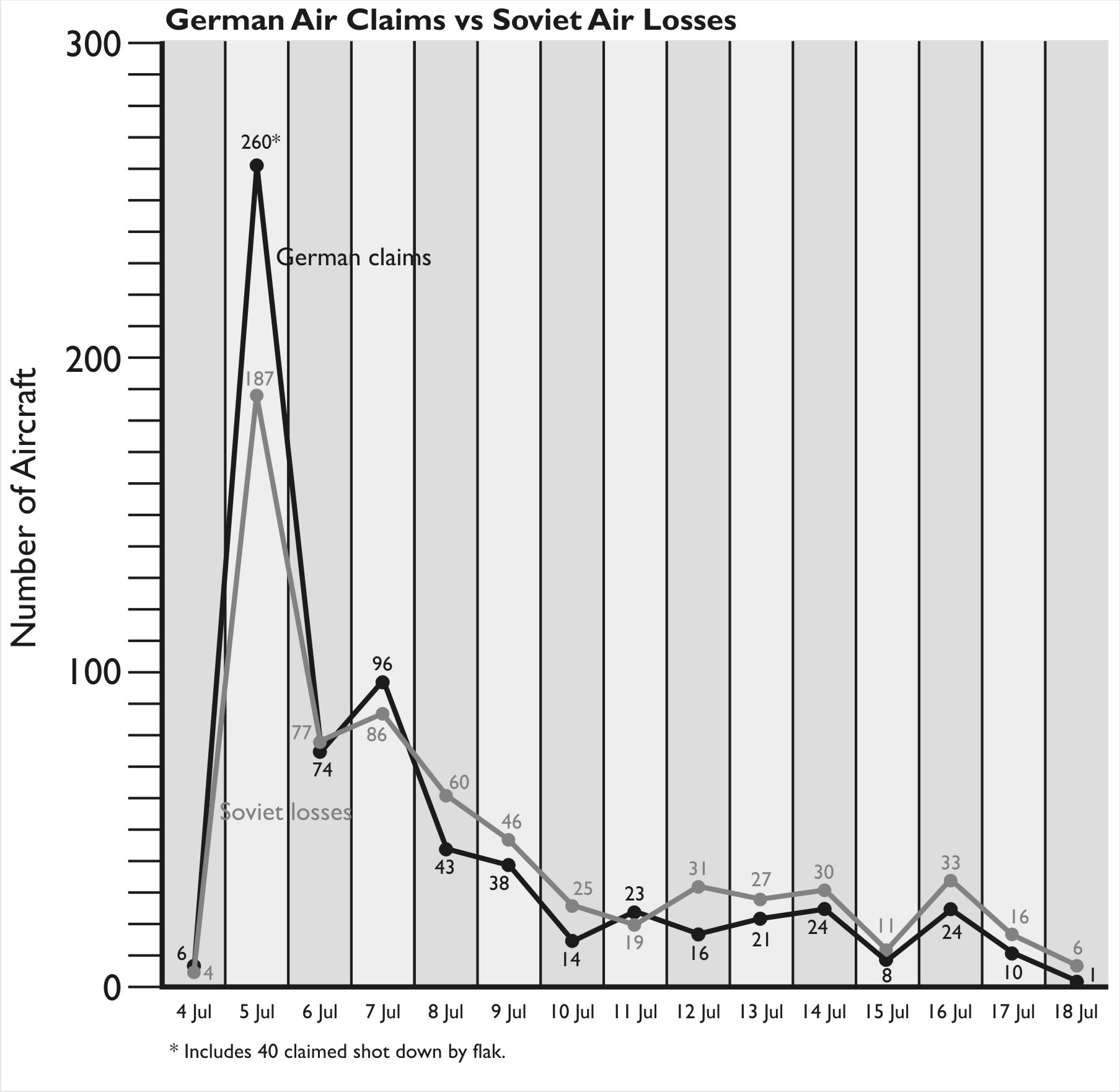
I define military combat as a violent, planned form of physical interaction (fighting) between two hostile opponents, where at least one party is an organized force, recognized by governmental or de facto authority, and one or both opposing parties hold one or more of the follow-on objectives: to seize control of territory or people; to prevent the opponent from seizing or controlling territory or people; to protect one’s own territory or people; to dominate, destroy, or incapacitate the opponent.
The impact of weapons creates an environment of lethality, danger, and fear in which achievement of the objectives by one party may require the opponent to choose among: continued resistance and resultant destruction; retreat and loss of territory, facilities, and people; surrender. Military combat begins in any interaction, or at any level of combat from duel to full-scale war, when weapons are first employed with hostile intent by one or both opponents. Military combat ends for any interaction or level of combat when both sides have stopped fighting.
There are two key points in this definition that I wish to emphasize. Though there may be much in common between military combat and a brawl in a barroom, there are important differences. The opponents in military combat are to some degree organized, and both represent a government or quasi-governmental authority. There is one other essential difference: the all-pervasive influence of fear in a lethal environment. People have been killed in barroom brawls, but this is exceptional. In military combat there is the constant danger of death from lethal weapons employed by opponents with deadly intent. Fear is without question the most important characteristic of combat. [Dupuy, Understanding War, 63-64]







